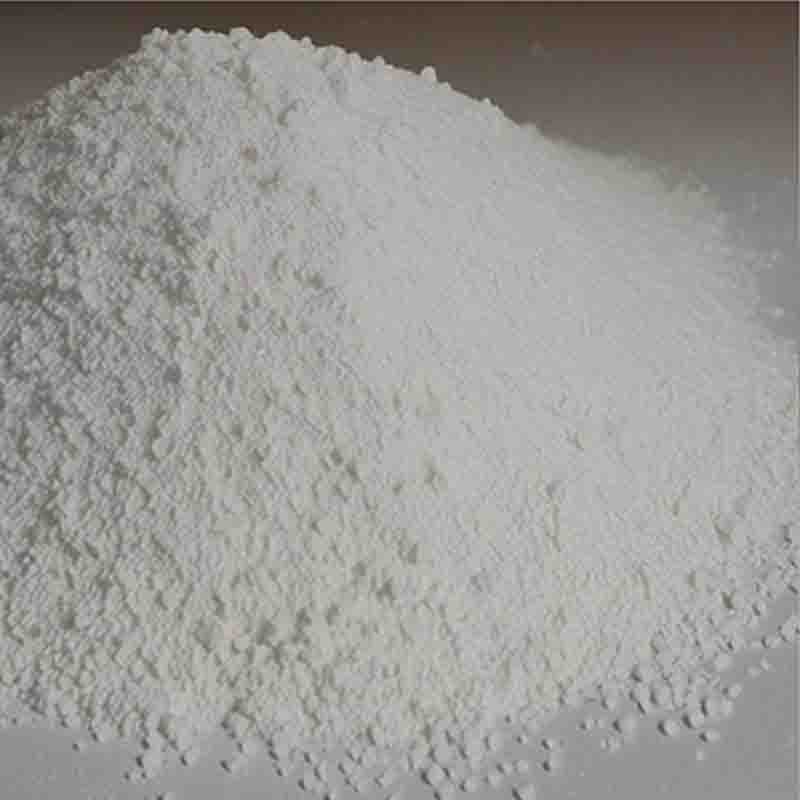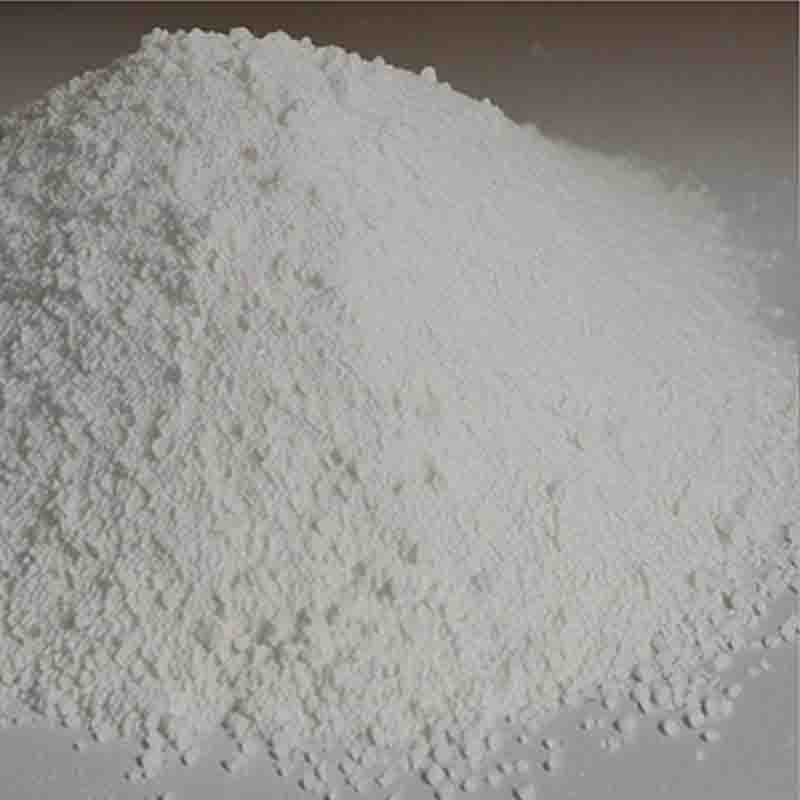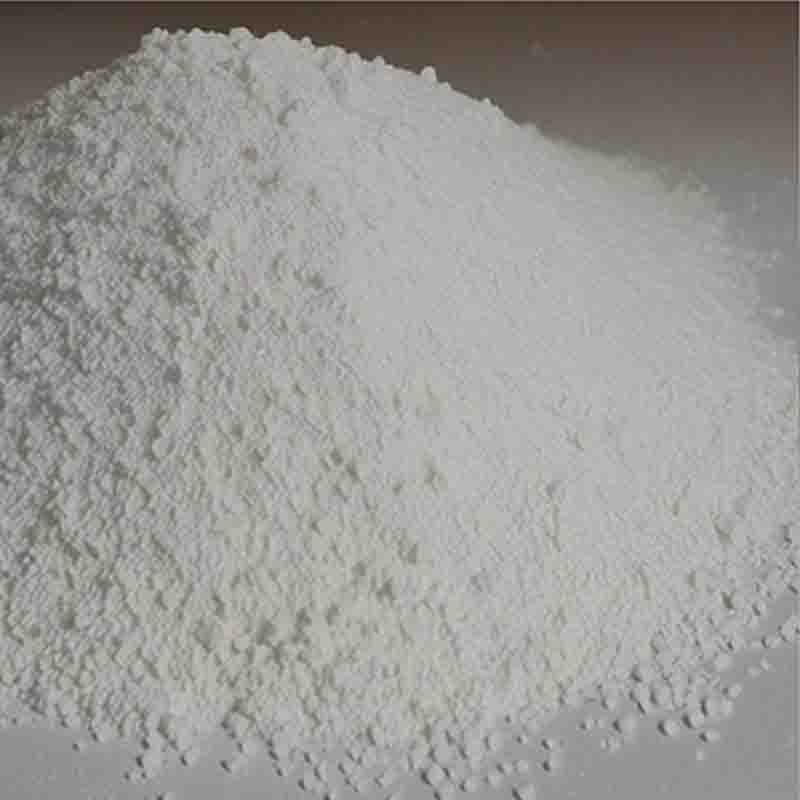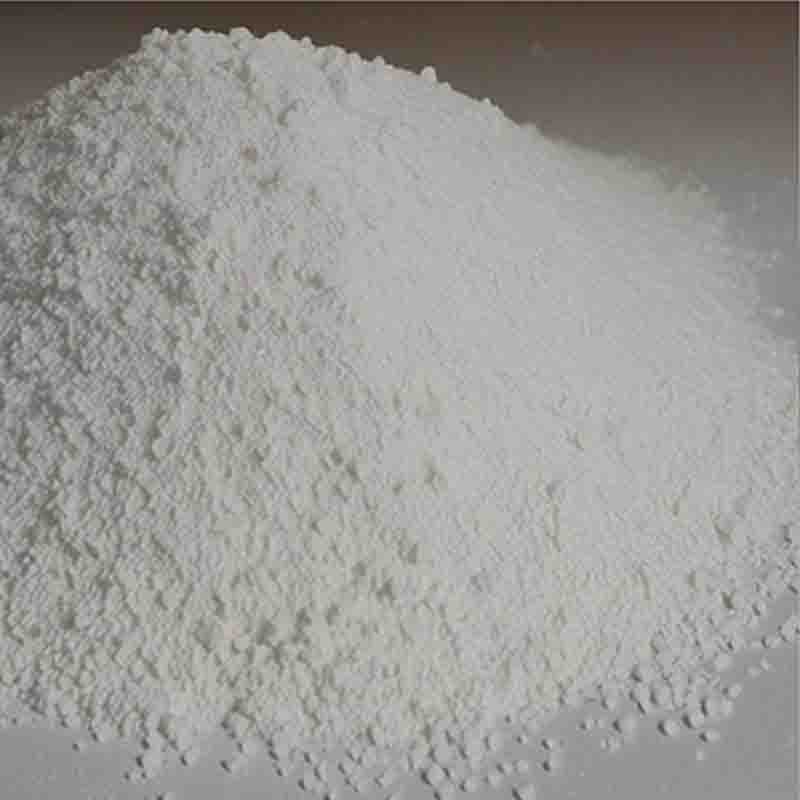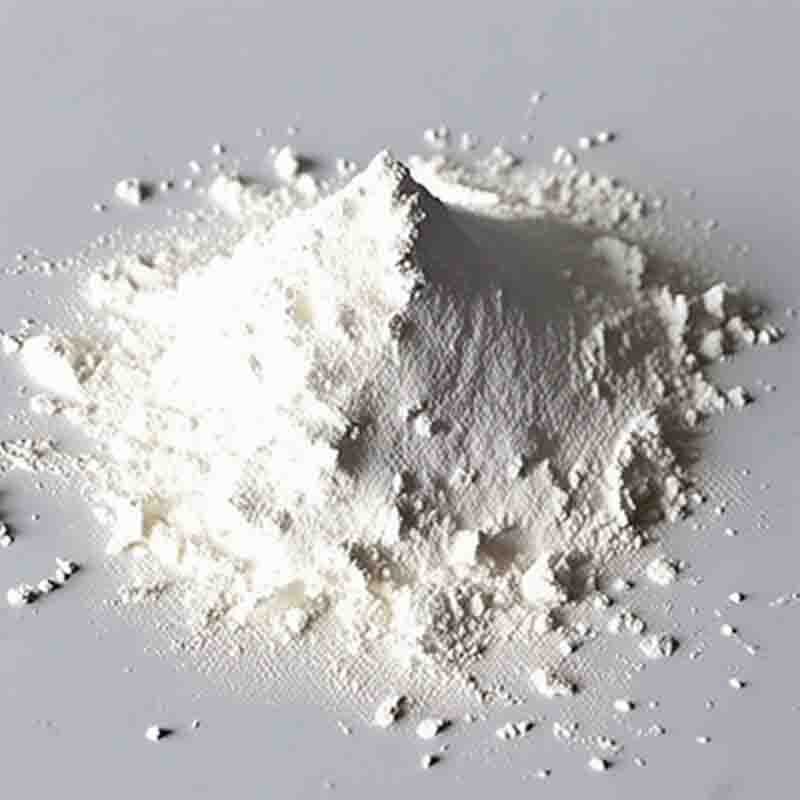N-Aminomorpholine CAS:4319-49-7
| Catalog Number | XD96145 |
| Product Name | N-Aminomorpholine |
| CAS | 4319-49-7 |
| Molecular Formula | C4H10N2O |
| Molecular Weight | 102.14 |
| Storage Details | Ambient |
Product Specification
| Appearance | White powder |
| Assay | 99% min |
N-Aminomorpholine is a chemical compound that has various effects and uses in different fields. Here, we will discuss some of its notable effects and applications. It's important to note that this information is provided for educational purposes only, and consulting professional sources is essential for accurate and detailed information.One of the main applications of N-Aminomorpholine is its use as a catalyst in chemical reactions. A catalyst is a substance that increases the rate of a chemical reaction without being consumed or permanently altered in the process. N-Aminomorpholine has been employed as a catalyst in various reactions, including the synthesis of pharmaceuticals, agrochemicals, and other organic compounds.Due to its unique chemical structure, N-Aminomorpholine also exhibits properties that make it useful as a corrosion inhibitor. It can be employed to mitigate corrosion in different industrial processes, such as metal cleaning, oil refining, and water treatment. Its inhibitory properties allow it to form a protective layer on metal surfaces, thereby preventing or reducing the degradation caused by corrosion.Aside from these industrial applications, N-Aminomorpholine has been explored for its potential biological activities. Research suggests that it may possess antimicrobial properties, making it useful in the development of new antibiotics or antimicrobial agents. Additionally, studies have shown that N-Aminomorpholine derivatives could have antiviral effects, particularly against certain strains of influenza virus. These findings raise the possibility of developing new antiviral treatments based on N-Aminomorpholine.As with any chemical compound, it is crucial to consider safety precautions when working with N-Aminomorpholine. Proper handling, storage, and disposal procedures must be followed to ensure the safety of individuals and the environment. Consulting professional references and guidelines is recommended to obtain more specific and detailed information about N-Aminomorpholine, including its effects, applications, and safety guidelines for different contexts.In conclusion, N-Aminomorpholine exhibits diverse effects and applications, including its use as a catalyst, corrosion inhibitor, and its potential antimicrobial and antiviral properties. Continued research and development will likely uncover more potential applications for this compound and provide deeper insights into its mechanisms of action.


